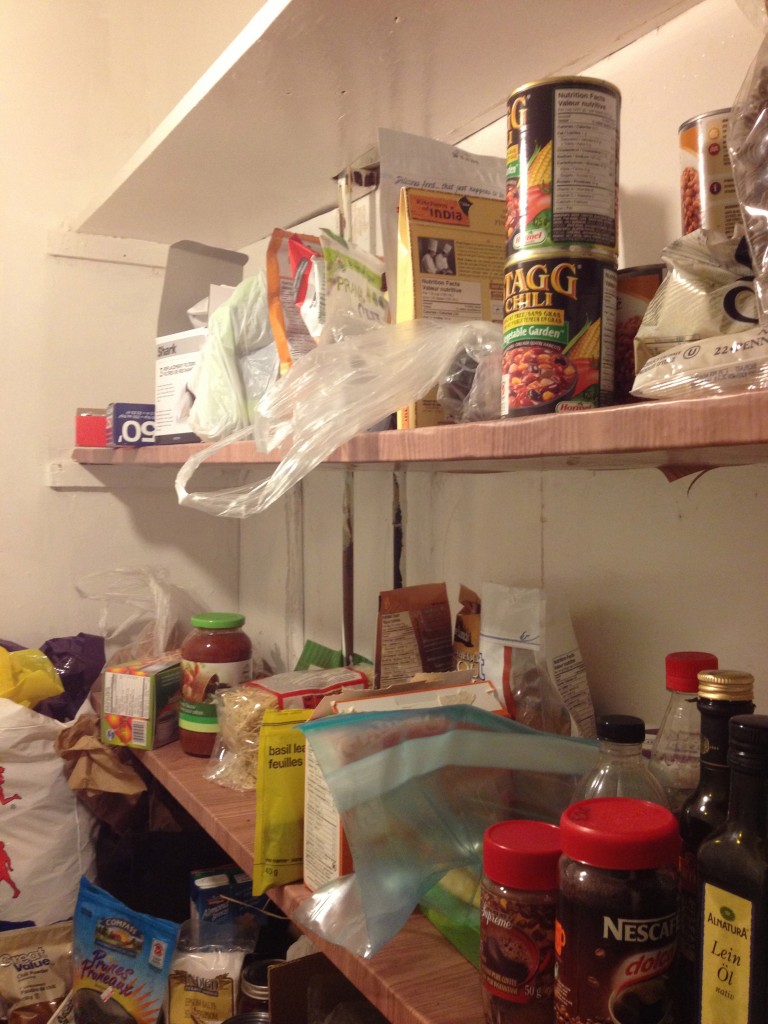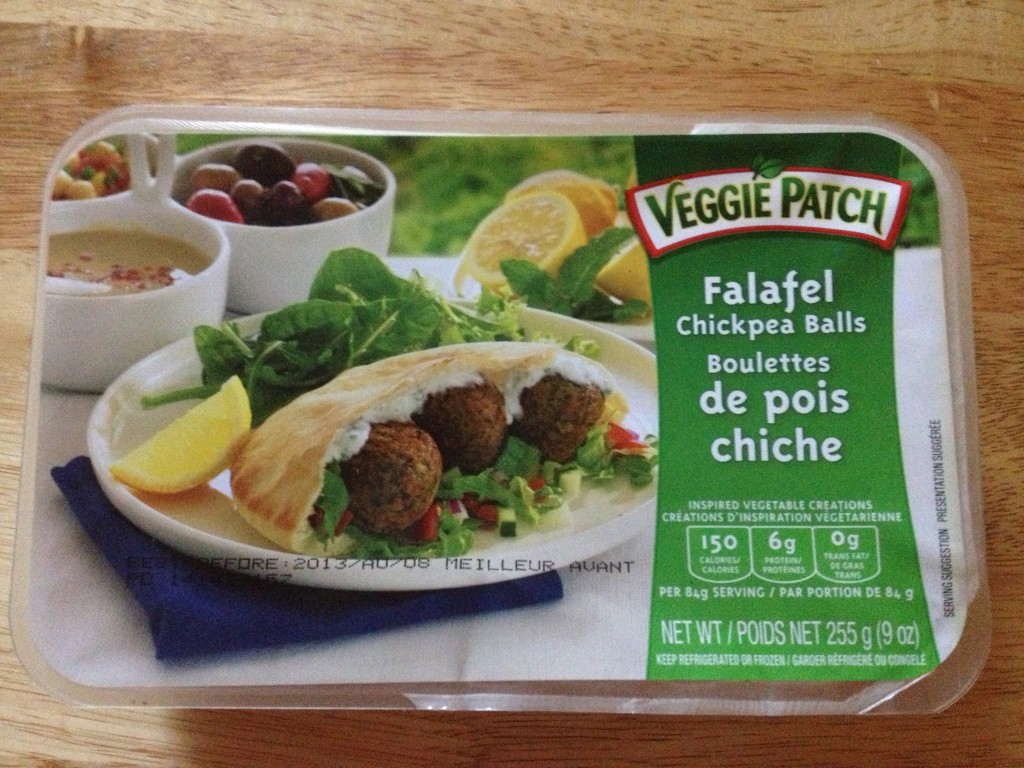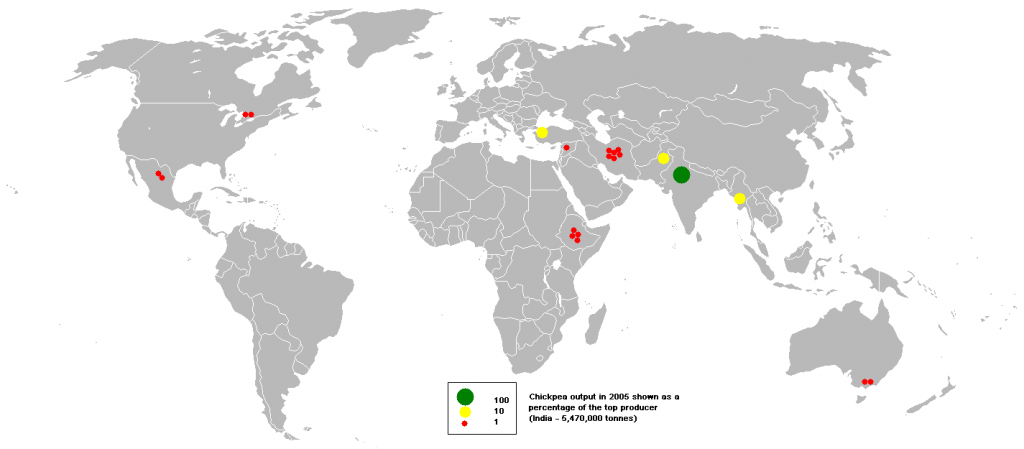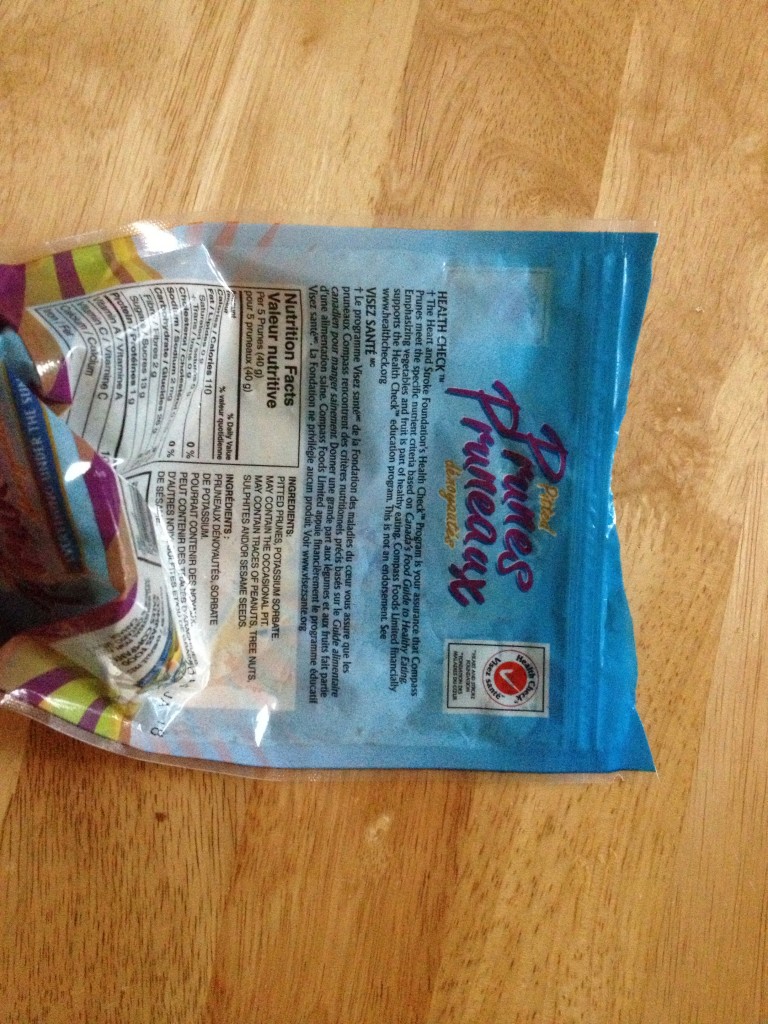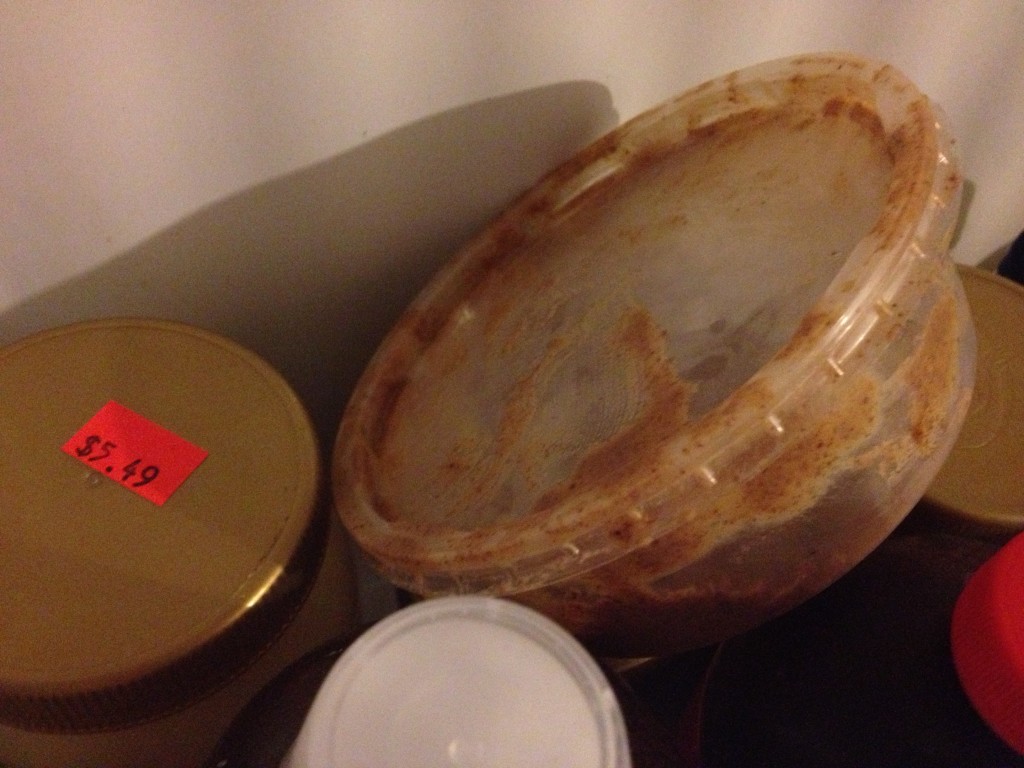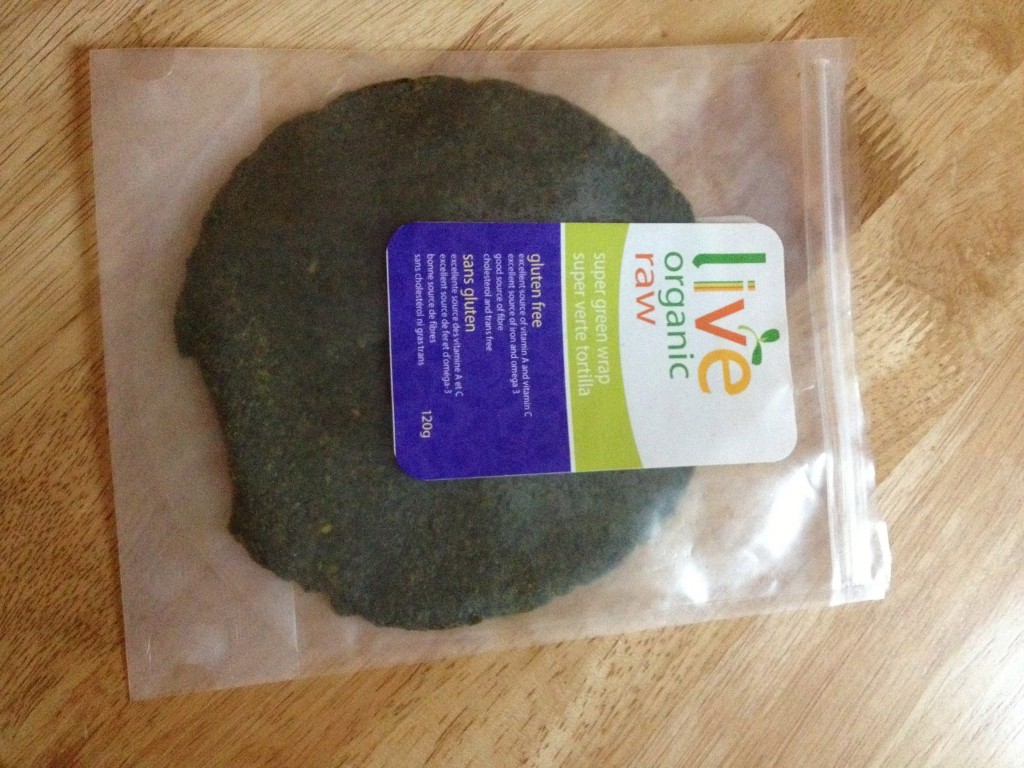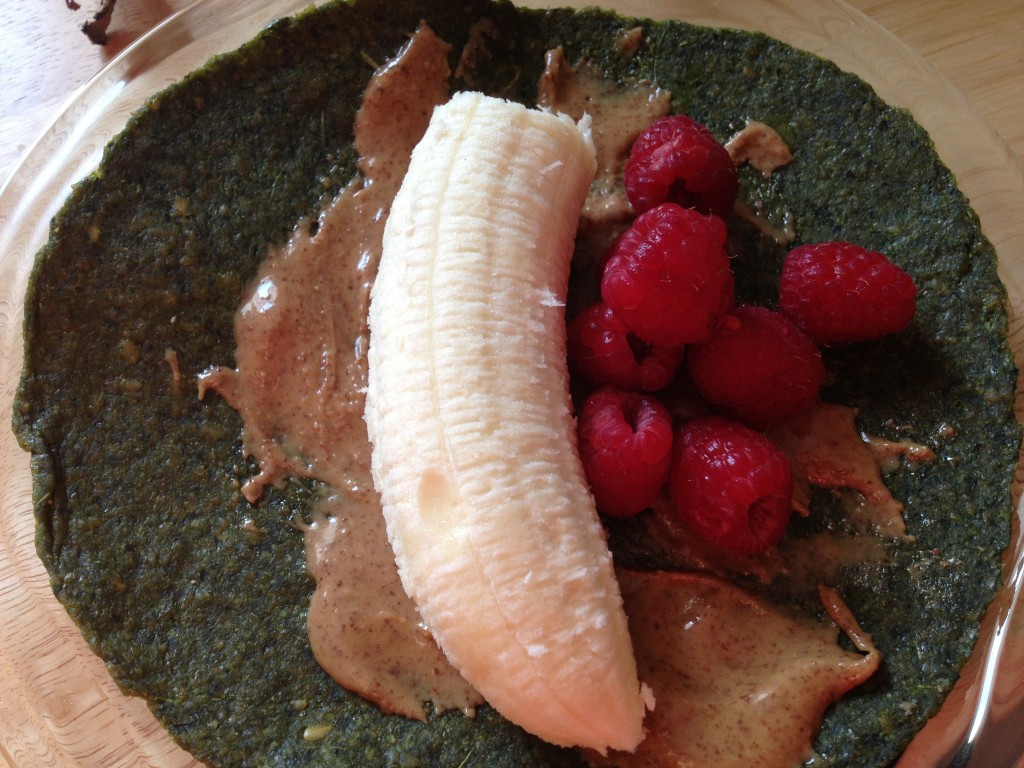Overall I was frustrated about the lack of information on companies websites about where their products ingredients come from. How am I supposed to make sustainable choices if I don’t have access to the information. Perhaps that leaves me with the option of just forgetting about companies that don’t give me this and select products based on companies that allow for the consumer to be informed. Not only be informed but to contain ingredients that are derived locally. I mean before globalization, the only option was to eat local so I don’t see why we can’t revert to similar practices.
For instance, at my house we have a garden and in it we grow tomatoes, onions, lettuce, herbs and a few other things. This is a way to eat local, I mean really, how much energy does it really take for me to grow my own lettuce anyways? At least when comparing it to buying lettuce that has been grown in a greenhouse, picked, taken to a facility to be washed and packaged, delivered to the grocery store, and then purchased. It’s so easy for me to just plant some lettuce seeds. Although this brings us to a whole new issue of the seed market. I won’t get into that now but if you’re interested just look for anti-media coverage surrounding Monzano’s (FoodInk is a good place to look).
Apparently in this modern age there is no such thing as a simple diet. For instance, most products contain salt and it was most likely imported from somewhere else. This gives whatever product or recipe it was put in an automatic negative environmental impact.
There is so much more to a product than just the outcome, each component and ingredient has its own journey to travel to get there. If I was super nifty with graphics I would make a web for just one product.
* Where did the plastic come from that it was contained in? Where are the machines that made the plastic from? What does the infrastructure of the facility that produces the plastic contain? Who originally had rights to the land that the plastic manufacturing facility is built on? etc. etc.
It’s almost overwhelming, so what are the most important things to consider when choosing what food you consume?
